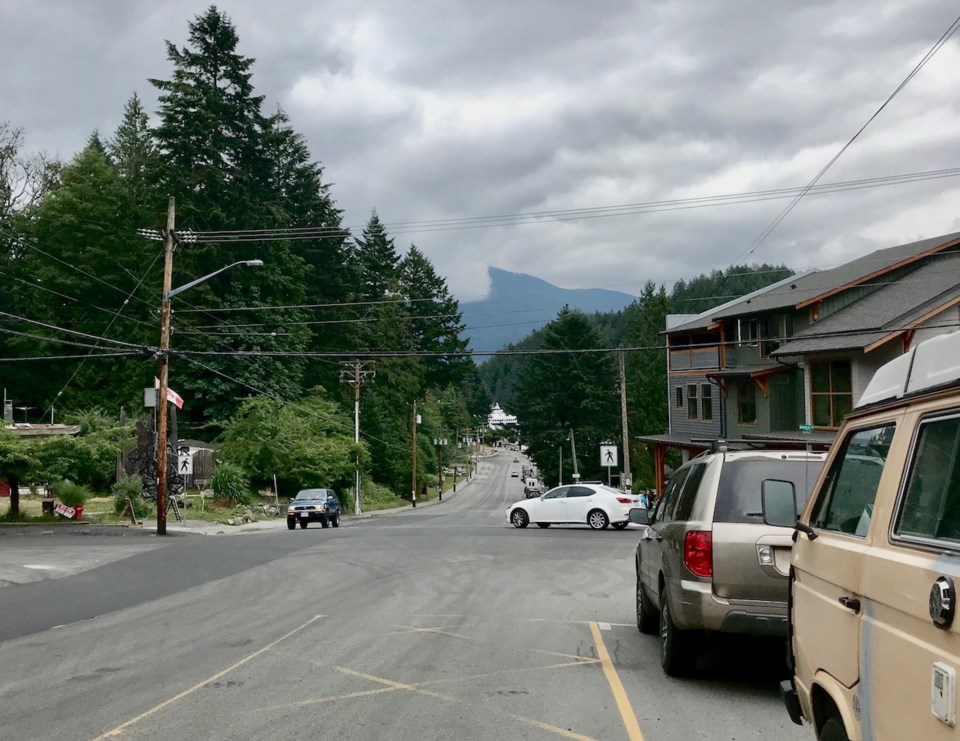Transportation in Vancouver has changed to such a degree that planners from around the world visit “Town” to see what’s in the water.
In the ‘90s, the number of residents commuting to work by car was hovering in the mid 70 per cent range, a far different picture than today.
In 2016, those traveling to work by car became a minority in the city. In just over two decades, Vancouver has seen a drastic shift in how people move about, and the signs are everywhere. From the jump in sidewalk patios to the cycling lanes and street furniture, the urban landscape has changed. The “Vancouver Model” is credited with inducing the first ever drop in vehicle traffic in North America, while also seeing dramatic increases in both residents and businesses.
On Bowen we see a bit of a different picture. As the population grows, so does vehicle traffic. We are one of the most car dependent communities in Metro Vancouver. While many may see this as a natural process, something we need to get used to, many others are wondering if there is a “Bowen Model” that can move us away from continued reliance on the automobile, something I think we can all agree is not a pretty or sustainable model for our future.
At last Monday’s council meeting, Bowen may have taken a big step in setting what transportation will look like on-island over the next two decades. After close to four years of work, we passed our first transportation plan. As pointed out during the meeting, to date, transportation infrastructure was implemented in an ad hoc basis. Short on parking? Let’s just build more. Not enough car space on the ferry? Let’s add another deck and blast a rock wall to expand marshaling. This may alleviate current pressure to the system, but it does little to create a transportation future that we can afford and be happy with. A recent Bowen survey found that 68 per cent of Bowen residents would choose modes of transportation other than the car if options were available. A transportation plan is a key ingredient to getting us out of a reactionary approach to planning.
The new plan calls for an increased focus on both pedestrian and cycling safety through improved facilities, better integration with transit, especially for those travelling to the city, and better ferry options (such as a pedestrian ferry). Some of these changes we will see whether we like it or not. Our ferry is at its maximum capacity, there is no more room for parking in the cove and the cost of operating and traveling with a car is becoming increasingly prohibitive. We will need to change, how we change and plan for change is up to us.
In more recent news, Translink has agreed to cost-share the construction of a bike barn for motorcycles and bicycles on our dock to the left of the ferry. Gone are the days of coming home to a wet bike seat and helmet.
Along with the fantastic sidewalk treatment in front of the pub, the improvements to Cardena Drive and next week’s paving of the first section of our cross island bike path in front of the school, funded by BC Hydro, these new projects are hopeful signs for more positive, proactive and sustainable transportation future on Bowen.



